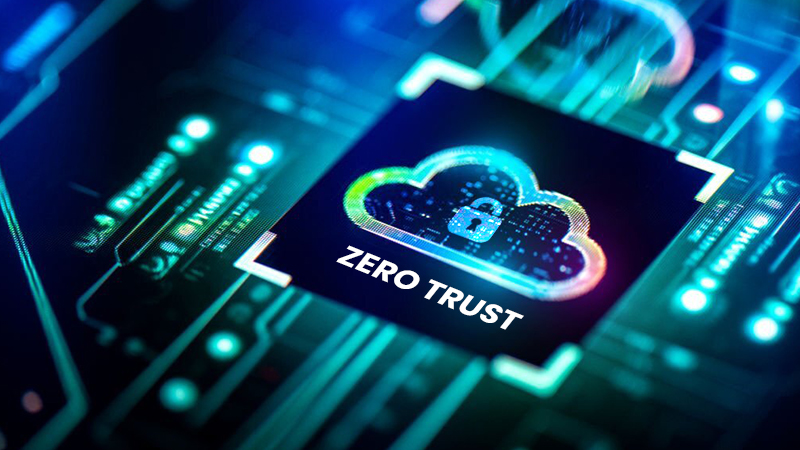Data breaches and cyber-attacks pose a constant threat to businesses of all sizes in today’s digital age. With the growing trend of migrating to cloud-based infrastructure, ensuring the security of sensitive data has become a considerable concern. A comprehensive security approach, such as the zero trust model, needs adoption by businesses to address this concern. The zero trust model is based on the assumption that no one, whether inside or outside the network, is trusted. Thus, every user, device, or application attempting to access the network must undergo authentication and authorization processes before being granted access. Policies, procedures, and technologies can be combined to implement this model, providing a robust security foundation for cloud-based infrastructure.
Implementing zero trust in a business environment requires a shift in mindset from the traditional perimeter-based security model to a more dynamic approach. Instead of relying on a network perimeter to protect sensitive data, zero trust requires businesses to adopt a holistic approach to security that focuses on continuous monitoring and risk management. Taking a proactive approach to security by constantly analyzing threats and vulnerabilities and adjusting security policies and procedures accordingly is the key. Several factors, such as identity and access management, network segmentation, encryption, and monitoring, need consideration while implementing zero trust in a business environment.
Identity and access management is critical in zero trust, and businesses must implement robust authentication and authorization processes to ensure only authorized users have access to sensitive data. Network segmentation is another important aspect of zero trust, and it involves dividing the network into smaller segments to limit the spread of an attack. This can be achieved by implementing firewalls, access control lists, and other security measures that restrict access to sensitive data. Encryption is also essential in zero trust, and businesses need to encrypt data both in transit and at rest. This ensures that data remains unreadable even if it’s intercepted or stolen without appropriate decryption keys.
Monitoring is vital to the success of zero trust, and businesses must implement continuous monitoring and logging to detect and respond to threats in real-time. Intrusion detection systems, security information and event management (SIEM) tools, and other monitoring solutions that can help identify and mitigate security risks must be in place.
In a cloud-based environment, businesses can rely on various tools and services offered by cloud providers like AWS to implement the zero trust model effectively. For instance, AWS Identity and Access Management (IAM) provides granular control over access to resources, allowing businesses to set permissions at a very fine-grained level. AWS PrivateLink enables secure communication between VPCs and AWS services without exposing them to the public internet. AWS Security Hub provides a centralized view of security across multiple AWS accounts, helping businesses identify and remediate security issues in real-time.
Adopting the zero trust model is a critical step towards securing sensitive data in a cloud-based environment. The implementation of this model requires a change in mindset and a focus on continuous monitoring and risk management to ensure the confidentiality, integrity, and availability of cloud resources. It can be complex, but it provides a strong security foundation for businesses to protect their sensitive data by enforcing zero trust principles and implementing appropriate technologies.


